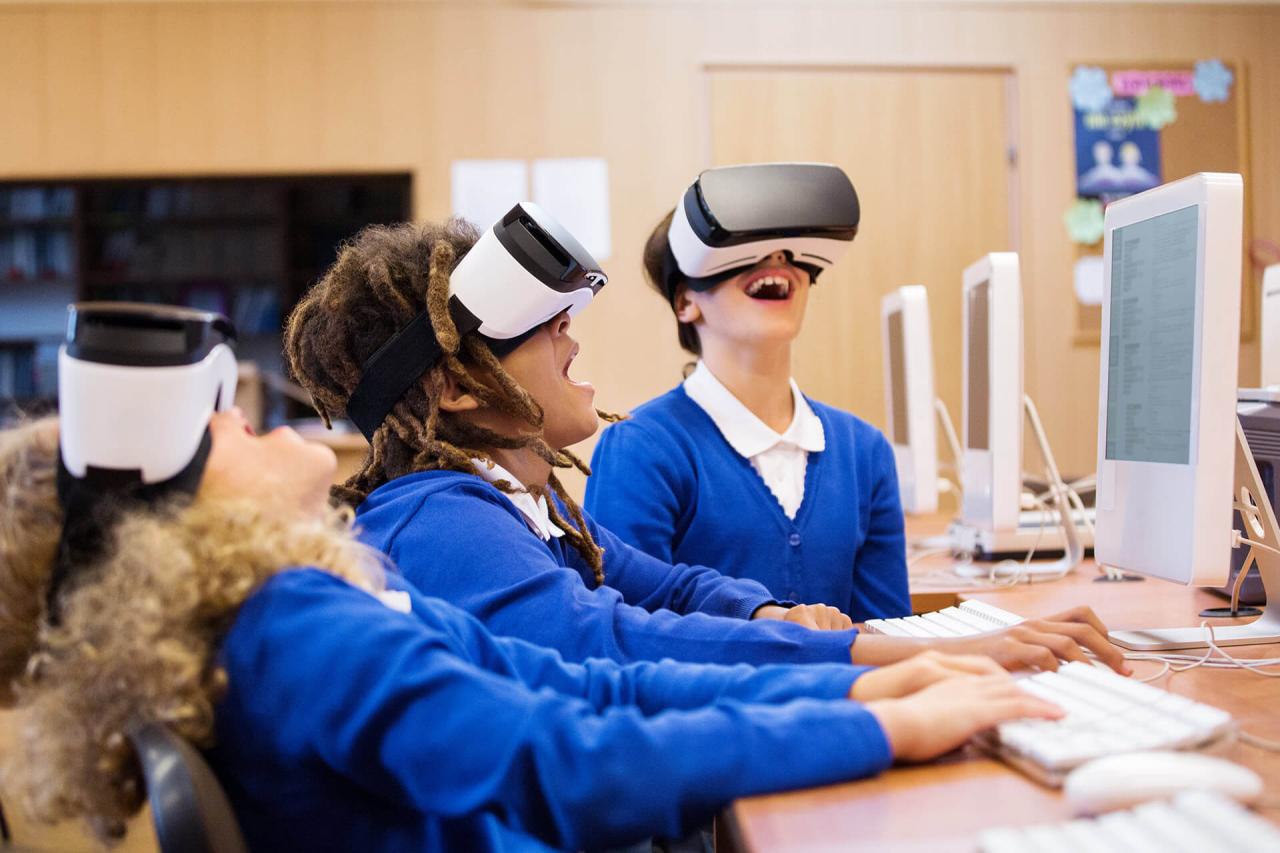

The Future of Technology in Education: Revolutionizing the Way We Learn
The rapid advancement of technology has transformed the way we live, work, and communicate. The education sector is no exception, with technology playing an increasingly vital role in shaping the future of learning. The integration of technology in education has opened up new avenues for students, teachers, and institutions to access knowledge, collaborate, and innovate. In this article, we will explore the future of technology in education, highlighting the trends, innovations, and challenges that will shape the learning landscape of tomorrow.
Personalized Learning
Traditional classroom settings often follow a one-size-fits-all approach, where teachers teach and students learn at a uniform pace. However, technology has enabled personalized learning experiences that cater to individual students’ needs, abilities, and learning styles. Adaptive learning software, for instance, uses AI-powered algorithms to adjust the difficulty level of course materials based on a student’s performance. This tailored approach has been shown to improve learning outcomes, increase student engagement, and reduce dropout rates.
Artificial Intelligence in Education
Artificial intelligence (AI) is poised to revolutionize the education sector by automating administrative tasks, providing virtual support, and enhancing student-teacher interactions. AI-powered chatbots, for example, can assist students with coursework, answer queries, and offer emotional support. AI-driven grading systems can also help teachers evaluate assignments more accurately and efficiently, freeing up time for more focused instruction. Furthermore, AI-powered virtual teaching assistants can provide personalized feedback and guidance to students, helping them stay on track with their coursework.
Online and Blended Learning
The rise of online and blended learning has democratized access to education, enabling students from diverse backgrounds to access high-quality educational resources. Online courses and degree programs have made it possible for students to learn at their own pace, anytime, and from anywhere. Blended learning models, which combine traditional classroom instruction with online learning, offer students the flexibility to balance their academic and personal commitments.
Virtual and Augmented Reality
Virtual and augmented reality (VR/AR) technologies are transforming the education landscape by creating immersive learning experiences. These technologies can simulate real-world environments, making complex concepts more engaging and interactive. For example, medical students can use VR to practice surgeries, while history students can use AR to explore ancient civilizations in 3D. By making learning more engaging and interactive, VR/AR technologies have the potential to increase student motivation and retention.
Gamification and Game-Based Learning
Gamification, the use of game design elements in non-game contexts, has been shown to increase student engagement, motivation, and learning outcomes. Game-based learning platforms, such as Duolingo, use interactive quizzes, rewards, and leaderboards to make learning more enjoyable and competitive. By leveraging the psychological aspects of gaming, educators can create learning experiences that are both fun and effective.
Big Data and Analytics
The proliferation of educational technology has generated vast amounts of data on student learning behavior, academic performance, and educational outcomes. Big data analytics can help educators identify trends, patterns, and areas of improvement, enabling data-driven decision-making and more effective instruction. By analyzing student data, educators can create targeted interventions, optimize curriculum design, and evaluate the effectiveness of educational programs.
Accessibility and Inclusion
Technology has the potential to increase accessibility and inclusion in education, particularly for students with disabilities. For example, text-to-speech software can assist students with dyslexia, while virtual reality can provide immersive experiences for students with physical disabilities. Online learning platforms can also reach students in remote or underserved areas, bridging the gap in access to quality education.
Challenges and Concerns
Despite the many benefits of technology in education, there are several challenges and concerns that need to be addressed. These include:
- Digital divide: Not all students have access to digital devices or internet connectivity, creating a digital divide that can exacerbate existing social and economic inequalities.
- Cybersecurity: Educational institutions are vulnerable to cyber threats, which can compromise student data and disrupt learning activities.
- Teacher training: Educators need training and support to effectively integrate technology into their teaching practices.
- Over-reliance on technology: Over-reliance on technology can lead to a lack of critical thinking, creativity, and social skills among students.
Conclusion
The future of technology in education is promising, with innovations and trends that have the potential to transform the way we learn, teach, and interact. However, it is essential to address the challenges and concerns that accompany the integration of technology in education. By harnessing the power of technology, we can create more inclusive, personalized, and effective learning experiences that prepare students for success in the 21st century. As we look to the future, it is crucial that we prioritize teacher training, student accessibility, and responsible technology use to ensure that the benefits of technology are shared by all.




